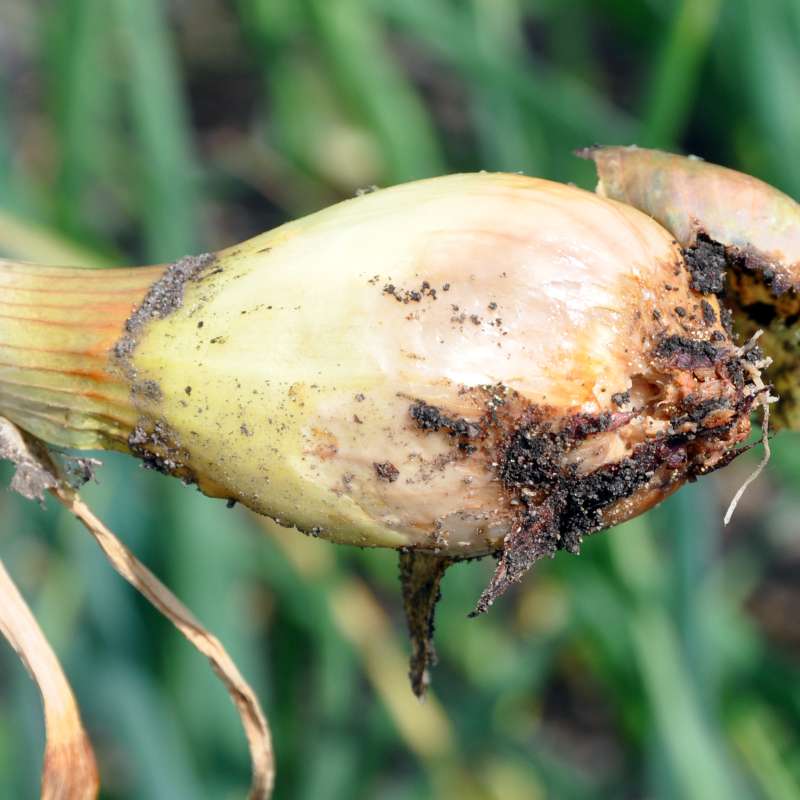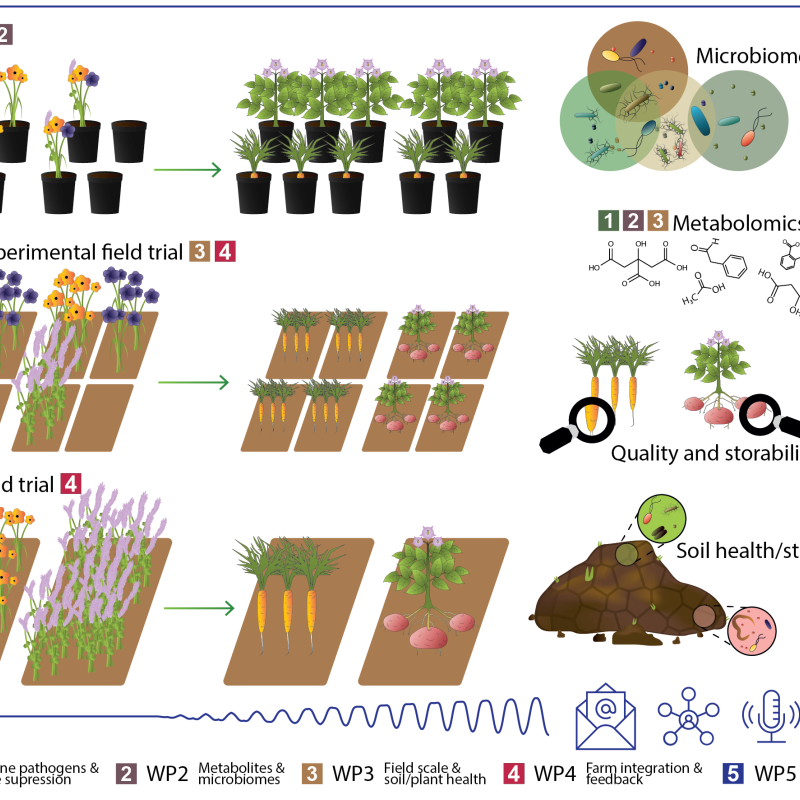Belachew Asalf Tadesse
Forsker
(+47) 934 79 432
belachew.asalf.tadesse@nibio.no
Sted
Ås - Bygg H7
Besøksadresse
Høgskoleveien 7, 1433 Ås
Biografi
Belachew Asalf, opprinnelige kommer fra Etiopia. Jeg tok BSc. i hagebruk i 2004 fra jimma universitet i Etiopia. I 2005, fikk jeg stipendiat fra NORAD til å studere master grad Norge. I 2007, tok jeg master grad i plantvitenskap fra Norges miljø- og biovitenskapelige universitet (NMBU), og i januar 2013, tok jeg doktorgrad innen plantepatologi ved NMBU. Jeg også jobbet som post doktor fra 2014-2016 i NIBIO. Jeg jobbet som utvekslingsforsker i Cornell Universitet i USA i 2010. Jeg har jobbet på flere prosjekter i NIBIO (tidligere, Bioforsk) og involvert i undervisning av plant patologi og veideling av MSc. og PhD studenter siden 2008.
Jeg er forsker i plantepatologi i divisjon for bioteknologi og plante helse i NIBIO. Jeg er ansvar for sopp- og alge-sjukdommer for felt grønnsaker som dyrkes i Norge (gulrot, hodekål, rosenkål, blomkål, brokkoli, kinakål, kålrot, nepe, grønnkål, reddik, sukkerert, Bønne, frilandsagurk, squash, gresskar, pastinakk, persillerot, bladpersille, stangselleri, knollselleri, salat, ruccola, spinat, rødbete, sukkermais, løk, purre, vårløk, hvitløk, gressløk, asparges, dill, og så videre) og lagrings sjukdommer av grønnsakene.
Mitt forsøks område er diagnostikk, biologi, økologi, epidemiologi, varsling, integrert plantevern, fungicid resistans, og finne alternative bekjempelse av sopp sjukdommer. Jeg har jobbet på flere prosjekter ofte med rollen som forsker, prosjektleder eller arbeidspakkeleder.
Forfattere
Belachew Asalf TadesseSammendrag
Det er ikke registrert sammendrag
Forfattere
Belachew Asalf TadesseSammendrag
Det er ikke registrert sammendrag
Forfattere
Belachew Asalf TadesseSammendrag
Det er ikke registrert sammendrag

Divisjon for bioteknologi og plantehelse
Strategies and methods to manage major pests and diseases of onion (‘QualityOnion’)
Onion fly and Fusarium basal rot represent major threats for sustainable Norwegian onion production. There are substantial gaps in our knowledge regarding these pests such as which Fusarium species infect onions in Norway, what are the main sources of Fusarium inoculum, and how onion fly prevalence is changing through the growing season.

Divisjon for bioteknologi og plantehelse
Cropdrive
Cropdrive aims to identify a selection of cover crops suitable for use in root vegetable and potato production with beneficial impacts on both soil and plant health, and greenhouse gas exchange.
